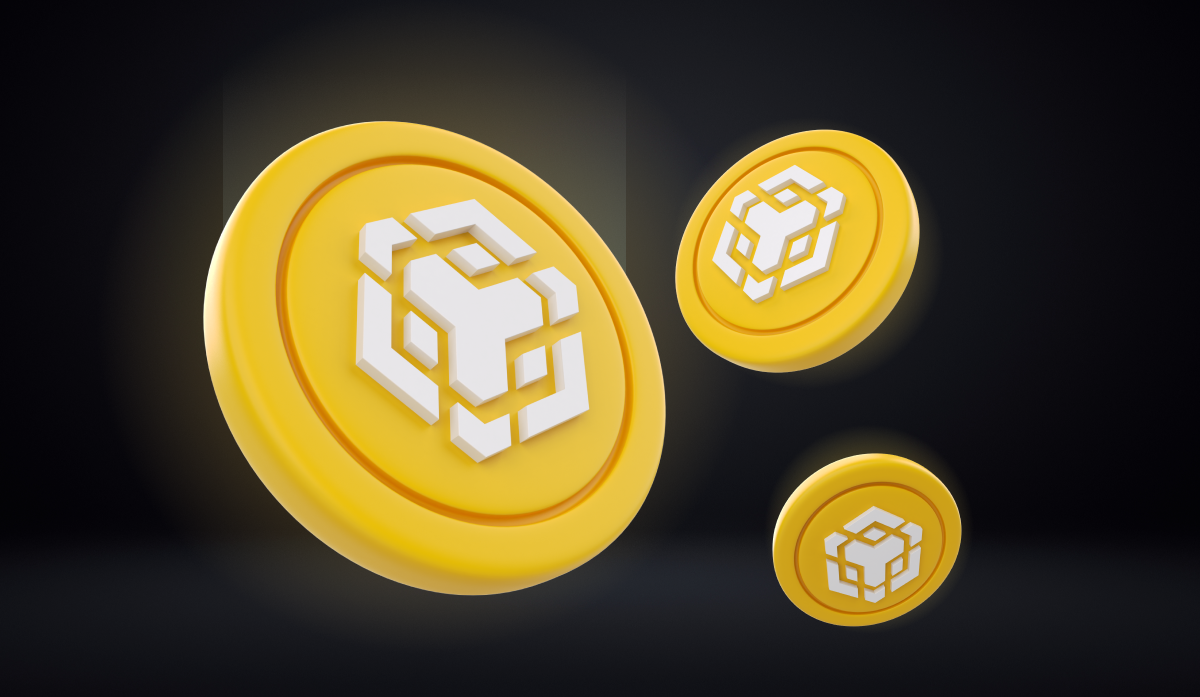What are deflationary tokens?
Investing in deflationary tokens is becoming increasingly popular because of the potential for these assets to increase in value shortly. The economic model of these tokens is made to encourage shortage, which increases price and demand. In this article, we will go into detail about the basic concepts, working principles, and examples of deflationary tokens.
A deflationary token is a type of cryptocurrency that has a special feature: the total number of these tokens in circulation automatically decreases over time. This is accomplished by automatically destroying (or "burning") a certain percentage of tokens with each transaction.
How does it work?
A certain percentage of tokens are burnt with every transaction, be it transfer, trade, or sale. This process is set up at the smart contract level and happens automatically. The approach is to buy tokens and send them to a "dead" address, thus destroying surplus assets.
Once burned, the tokens are eliminated from circulation and cannot be recovered or used in the future. The purpose of this action is to reduce the number of available coins to maintain demand. Another reason to burn tokens is to ensure transaction transparency. Some companies may destroy tokens after they have been used to generate revenue.
Most cryptocurrencies are inflationary because their total supply is either unlimited or hasn’t yet reached its limit. The popularity of cryptocurrency mining today results in millions of new digital coins being put into circulation every day. Therefore, the supply of most cryptocurrencies is constantly growing.
Let's give some examples of deflationary tokens:
- BNB
Binance regularly redeems and destroys a certain amount of its BNB coins to maintain a deflationary structure. For example, in June 2022, the 20th coin destruction operation was conducted, in which about 2 billion tokens were burned.
The total number of BNB tokens was 200 million, but by September 2022, that number had dropped to 161 million. It means that 20% of tokens were burnt.

- XRP
Ripple's XRP also refers to deflationary cryptocurrencies. A reduction in the total number of tokens is achieved by burning commissions. These tokens are permanently removed from the system. Initially, the number of XRP tokens was 100 billion. Since then, the total has dropped to 99.9 billion.
Despite the relatively slow rate of token burn, XRP continues to be in demand in the crypto market. The problems with the SEC (U.S. Securities and Exchange Commission) don’t significantly affect the token’s value, which continues to hold a respectable place in the top 10 cryptocurrencies.

Let's take a look at the advantages and disadvantages of deflationary tokens
Let's start with the advantages:
-
Value growth Theoretically, reducing the number of tokens in circulation could help increase their value, making them attractive to investors.
-
Transparency The burning of tokens is automatic and open, which promotes transparency.
Disadvantages:
-
Price volatility While deflationary tokens can increase in value, it's important to remember that they, like any other cryptocurrency, are subject to high volatility.
-
Problems with decentralization If deflationary tokens depend on certain individuals or organizations to control the process of burning or issuing new tokens, this could cause a loss of decentralization.
Let's answer a popular question: is Bitcoin a deflationary cryptocurrency?
Bitcoin is described as a deflationary cryptocurrency, but that's not quite true. It would be more accurate to call Bitcoin a mixed cryptocurrency. Bitcoin was created with a fixed maximum limit of 21 million coins. It means that there will never be more than 21 million Bitcoins created. Therefore, the value of each Bitcoin may increase over time, provided that the demand for it increases.
Bitcoin doesn’t automatically burn coins as some deflationary cryptocurrencies do.
Bitcoin's inflation protection is implemented in several ways:
- Coin’s Limit - Bitcoin's maximum issuance is 21 million;
- Reducing miners’ remuneration by half every four years (bitcoin halving).
To summarize
Deflationary tokens have certain advantages: incentivizing token value growth and creating long-term value for holders. This mechanism can be attractive to investors as it provides the prospect of value growth over time. However, it is always worth remembering that the above advantages are not a guarantee that your investment is secure.